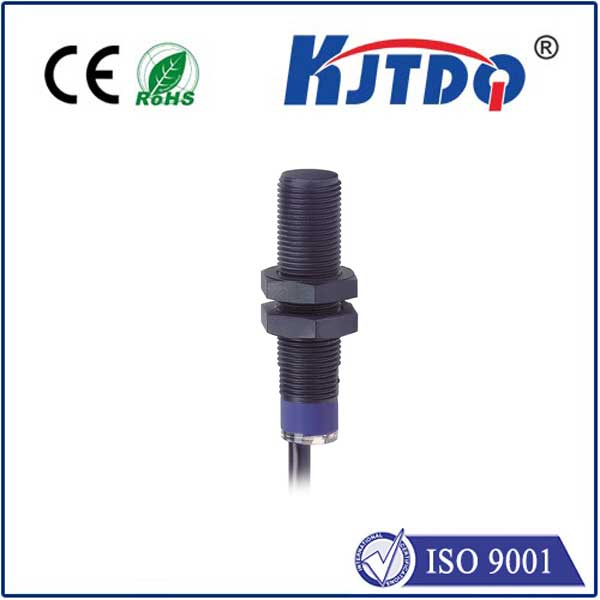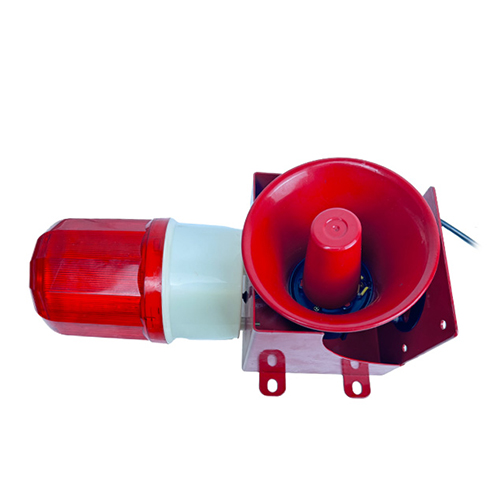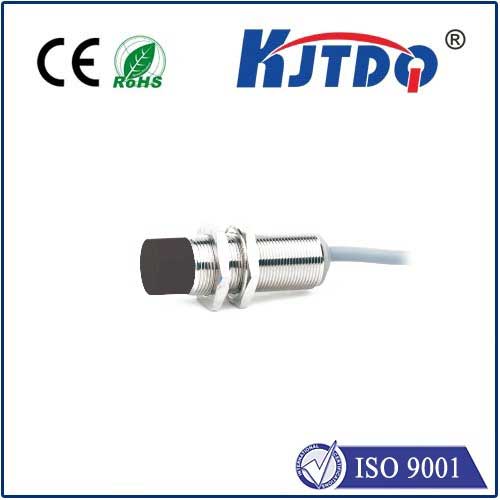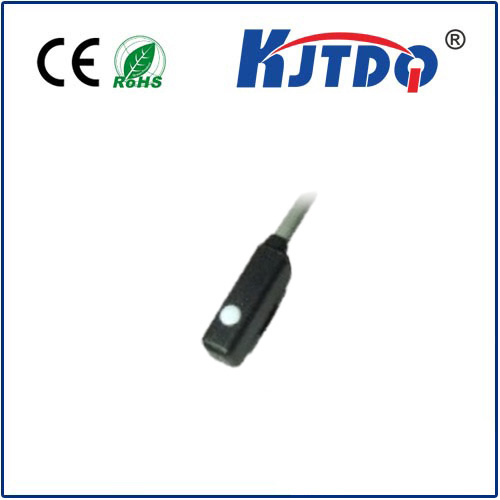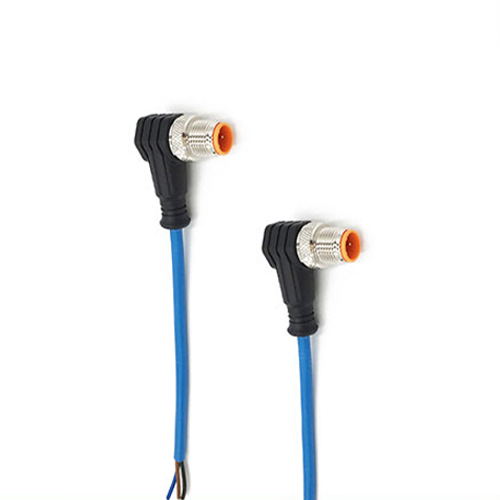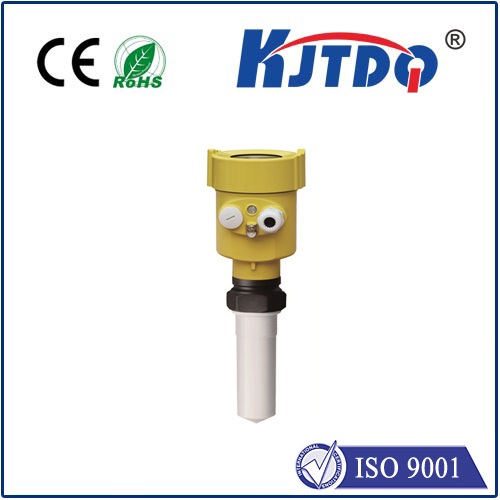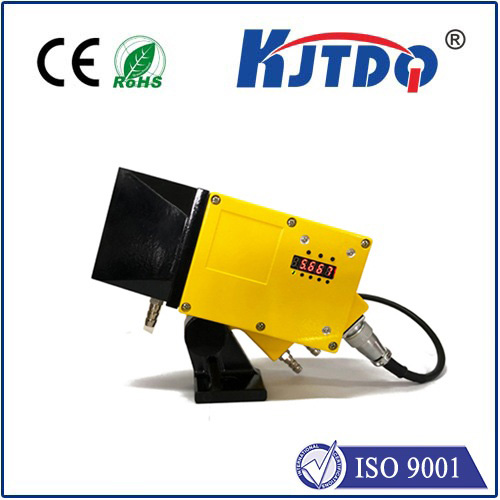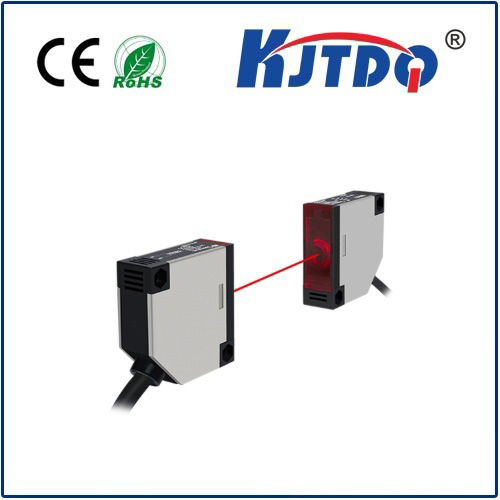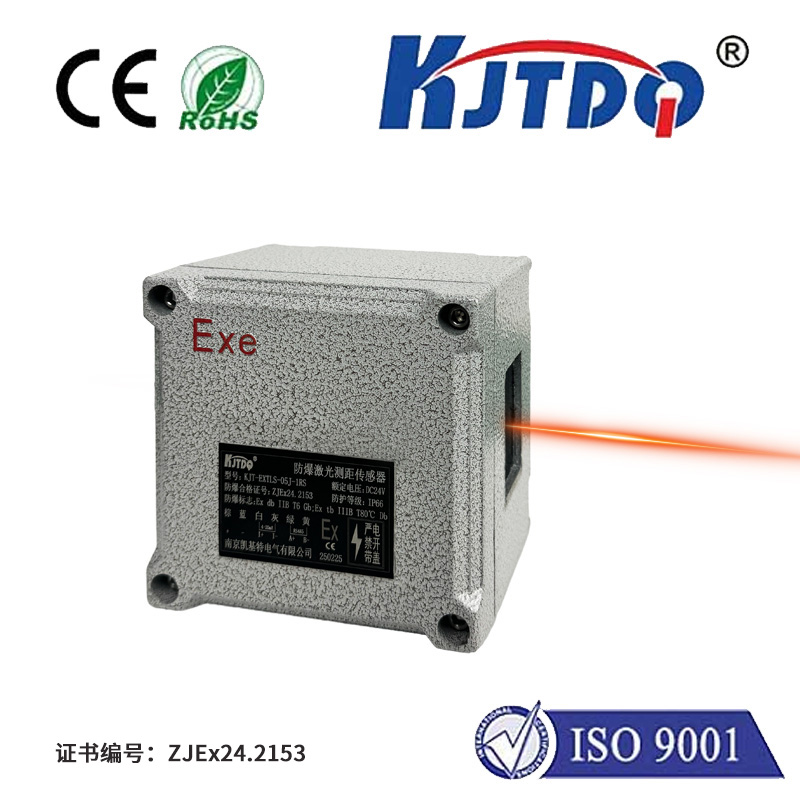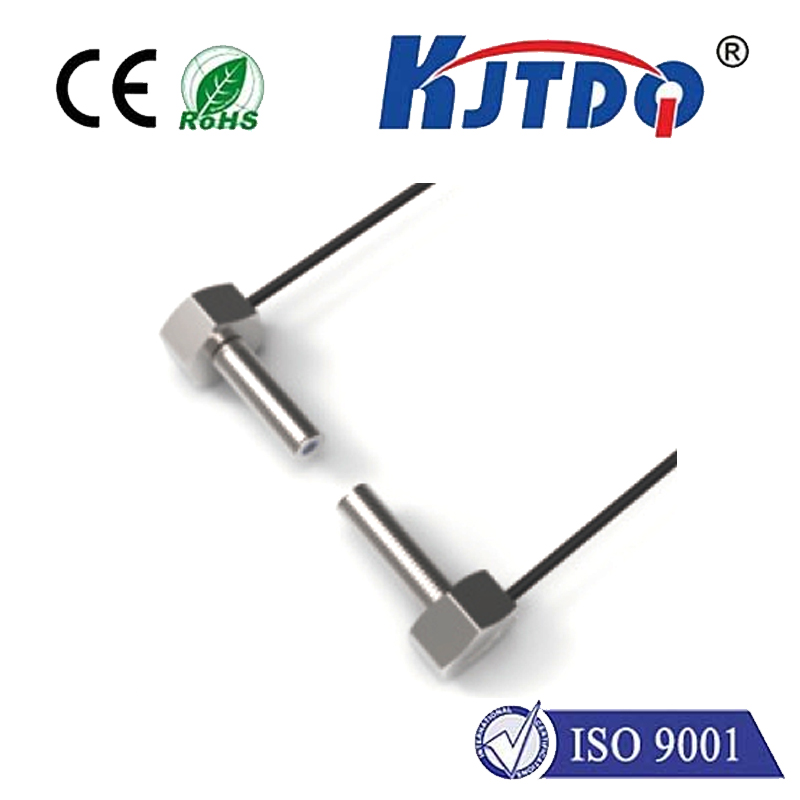Оптический концевой выключатель
- time:2025-08-06 11:18:16
- Нажмите:0
Optical Endstop Switches: Harnessing Light for Precision Limit Detection in Automation
Imagine your high-precision CNC machine nearing the edge of its travel at full speed. Or your meticulously calibrated 3D printer carriage about to slam violently into its frame. What prevents these costly crashes? Often, it’s a small, unassuming component working silently in the background: the Оптический концевой выключатель. These ingenious sensors represent a leap beyond traditional mechanical switches, offering unparalleled reliability and precision by using light as their detection mechanism.
What is an Optical Endstop Switch?
At its core, an Оптический концевой выключатель is a non-contact sensor designed to detect the presence or absence of a physical object (typically a machine part) precisely at a predetermined position – the “end” of its travel or a critical stopping point. Unlike mechanical endstops that rely on physical levers or arms being pushed, optical variants operate using an invisible beam of light, usually infrared (IR).
How the Magic of Light Works for Position Sensing

The fundamental principle is elegantly simple:
- Emitter: One side of the switch houses an infrared light-emitting diode (IR LED) that constantly emits an invisible beam.
- Receiver: The opposite side contains a phototransistor or photodiode (light-sensitive receiver) aligned directly with the emitter.
- Interruption: When the machine is operating normally, this uninterrupted light beam keeps the receiver active, signaling to the control system (like an Arduino or CNC controller) that the path is clear (“open” state).
- Detection: When the target object (e.g., a printer carriage arm, CNC machine flag) moves into the gap between the emitter and receiver, it physically blocks the IR beam.
- Signal Change: This blockage causes the receiver to stop detecting the light. The switch changes state, sending a signal (typically low voltage or “closed” state) to the machine’s controller indicating the limit position has been reached. This triggers an immediate stop or reversal command.
Key Advantages: Why Choose Optical?
Replacing mechanical switches with optical alternatives offers significant benefits, particularly in demanding automation environments:
- Unmatched Reliability & Longevity: The defining advantage. With no physical contact required between the switch and the target object, there is zero mechanical wear and tear. Springs don’t fatigue, levers don’t bend, and contacts don’t oxidize or pit. This translates to a dramatically extended operational lifespan and consistent performance over millions of cycles.
- Elimination of Contact Bounce: Mechanical switches inherently suffer from “contact bounce” – a rapid, unwanted making and breaking of the electrical contact when the lever is first pressed or released. This causes electrical noise that can confuse controllers. Optical switches are completely immune to bounce, providing a clean, instantaneous state change signal.
- High-Speed Operation: The response time of optical switches is extremely fast (microseconds), governed only by the electronics, not by mechanical movement inertia. This makes them ideal for high-speed machinery where rapid detection is critical.
- Consistent Trigger Point: Because activation relies solely on beam interruption, the trigger point is precisely defined by the switch’s internal alignment. It remains highly repeatable and unaffected by variations in target approach speed or force, ensuring consistent homing and positioning accuracy.
- Resistance to Environmental Factors: Sealed optical designs offer excellent resistance to dust, dirt, and moisture (depending on the IP rating), which can easily jam or corrode mechanical switches. They are unaffected by oil, grease, or non-metallic debris that might accumulate in machine environments.
Common Applications Where Light Makes the Difference
Optical endstop switches are ubiquitous in precision automation:
- 3D Printers: The quintessential application. Used on X, Y, and Z axes for precise homing and to define the printable area boundaries, preventing collisions. Their accuracy is crucial for first-layer calibration and print consistency.
- CNC Routers/Mills: Vital for defining machine travel limits on all axes (X, Y, Z), protecting expensive spindles and lead screws from over-travel damage during rapid movements or setup errors.
- Laser Cutters/Engravers: Similar to CNC machines, used for axis limit detection and honing position. Essential safety components preventing the laser head from crashing.
- Robotics & Automated Assembly Lines: Employed for end-of-arm tooling positioning, conveyor belt object detection at critical points, and safety interlocks.
- Linear Actuators: Integrated to detect fully extended or fully retracted positions reliably.
Choosing and Using Optical Endstops Effectively
While highly robust, optimal performance requires consideration:
- Voltage Compatibility: Ensure the switch’s operating voltage (commonly 5V or 12V DC) matches your controller’s supply. Incorrect voltage can damage the switch or provide unreliable signals.
- Output Signal Type: Understand if your controller requires a normally open (NO) or normally closed (NC) signal when the beam is broken. Most optical endstops can be configured or are designed for one specific type (commonly NO output when beam intact, switching when blocked).
- Environmental Suitability: For harsh environments (excessive dust, coolant, washdowns), select switches with appropriate IP ratings (e.g., IP67). Standard switches suffice for most 3D printer enclosures or cleaner CNC environments.
- Target Material & Size: Optical switches work best interrupting a beam. Ensure the target flag is opaque enough to reliably block the IR beam and large enough to cover the emitter/receiver gap effectively during the expected range of motion. Highly reflective targets can sometimes cause issues if they reflect enough IR light back to the receiver.
- Mounting & Alignment: Precise alignment between the emitter and receiver modules is critical. Mounting must be rigid to prevent misalignment due to vibration. Most switches offer easy mounting via screws or brackets. Ensure the target flag passes cleanly through the detection gap.
Optical endstop switches represent a sophisticated yet accessible solution for a fundamental requirement in automation: knowing where things are and preventing them from going too far. By leveraging the speed and reliability of light-based detection, they provide the clean, bounce-free signals that modern precision machinery demands. Their non-contact nature ensures longevity and minimal maintenance, making them a smart investment for enhancing the performance, accuracy, and safety of countless automated systems, from hobbyist projects to industrial production lines.

